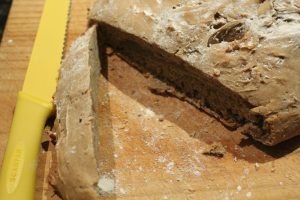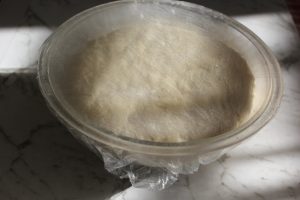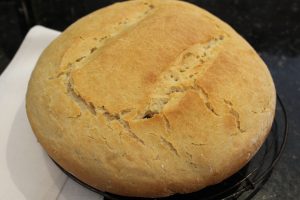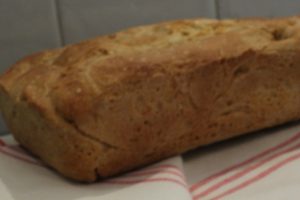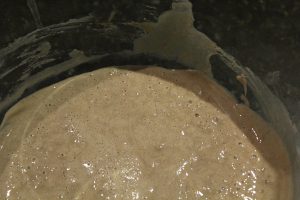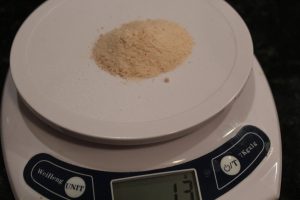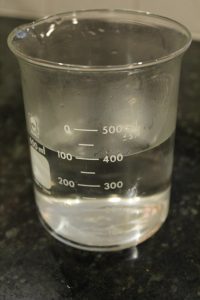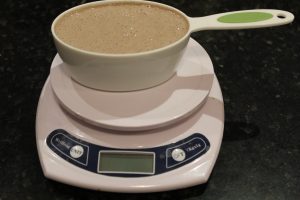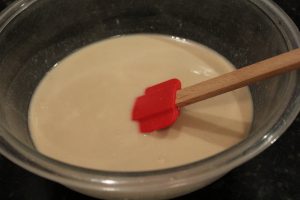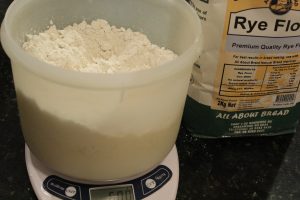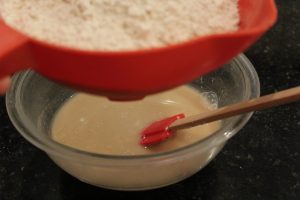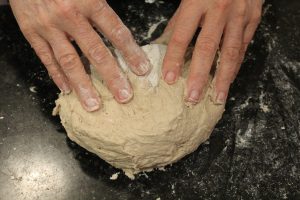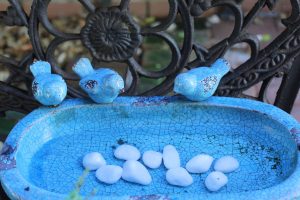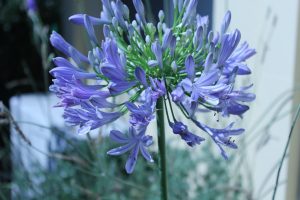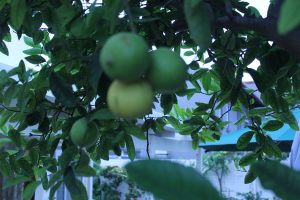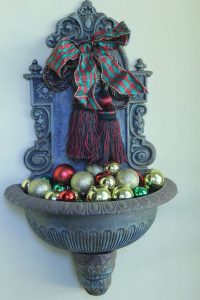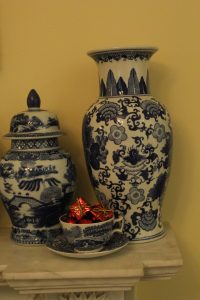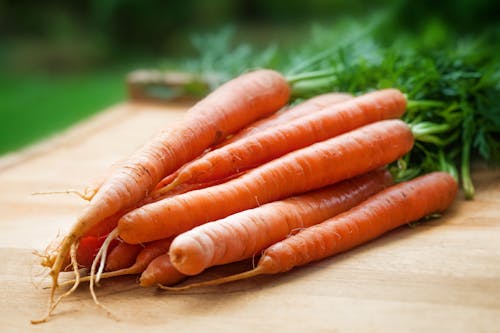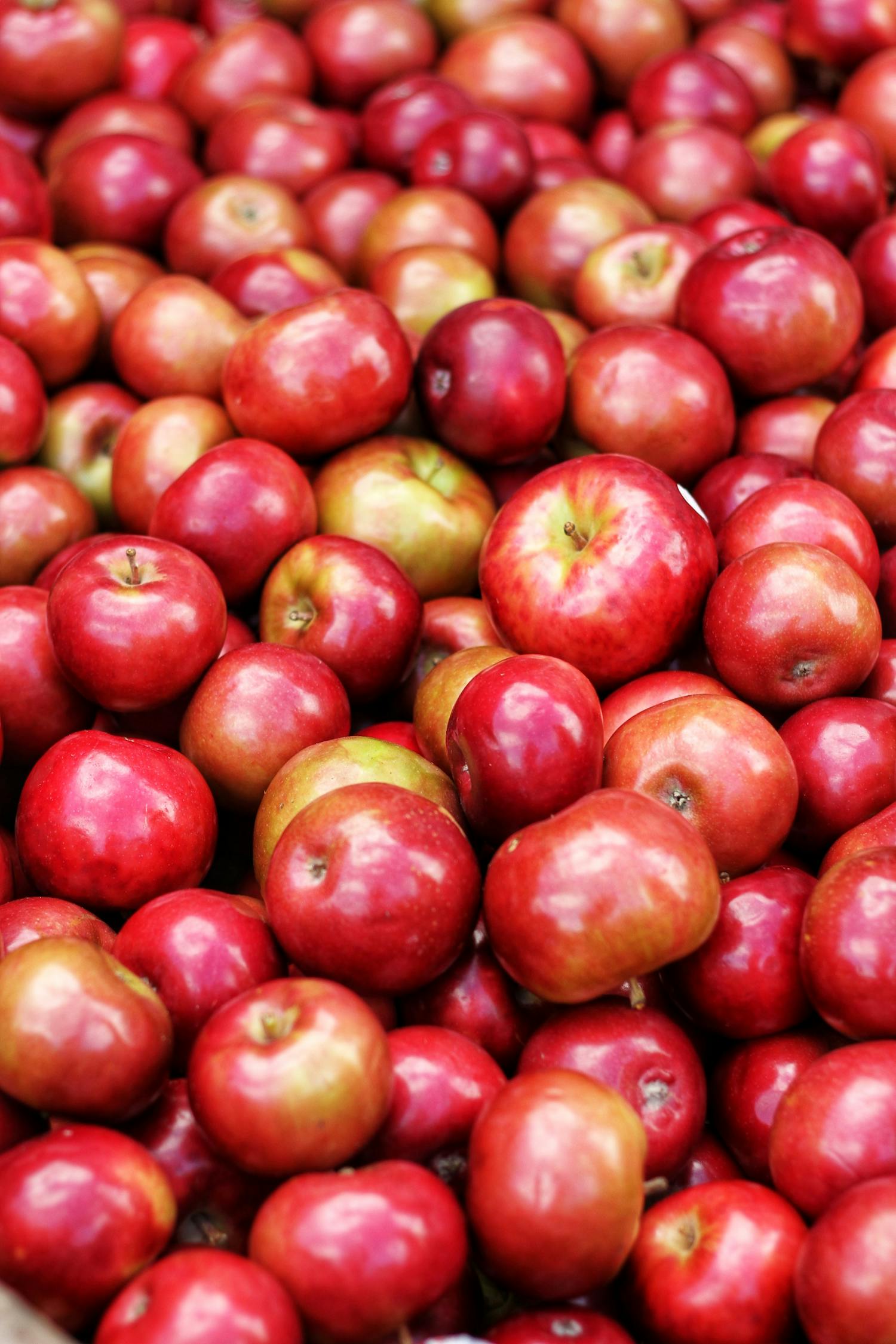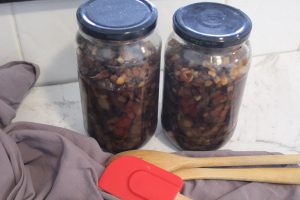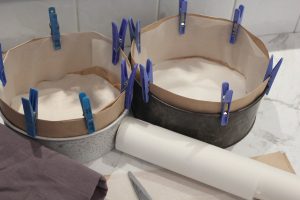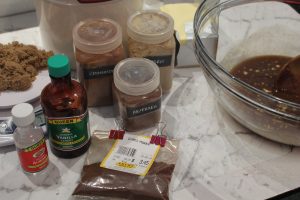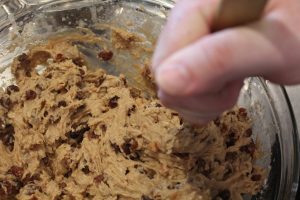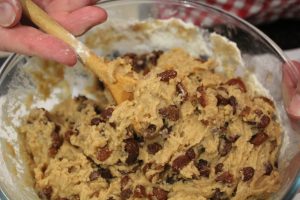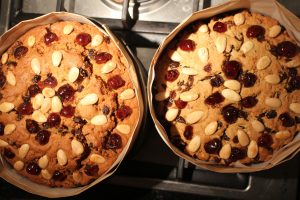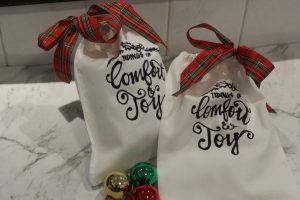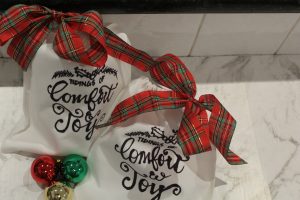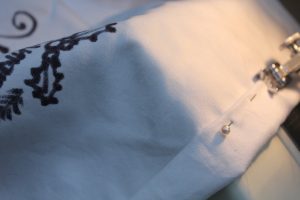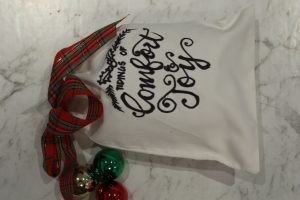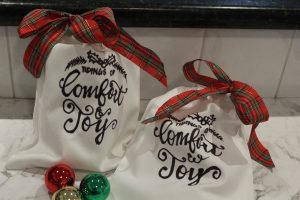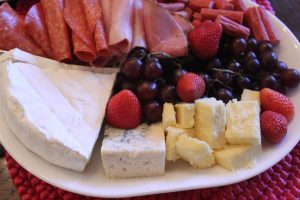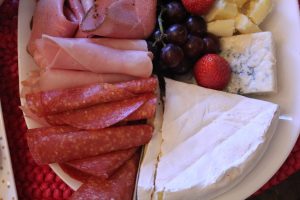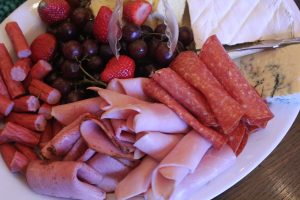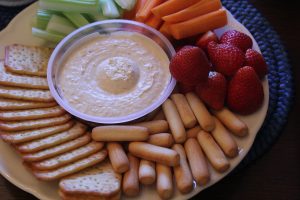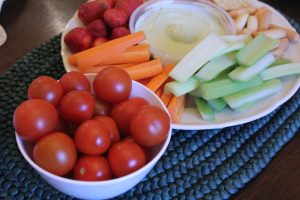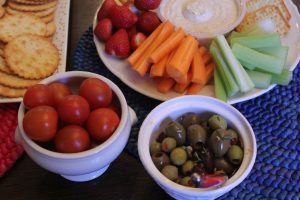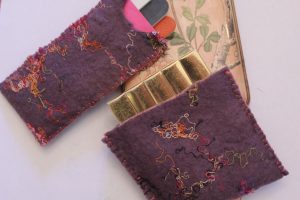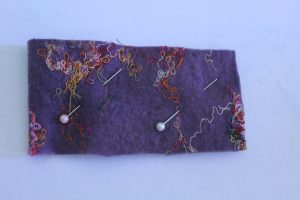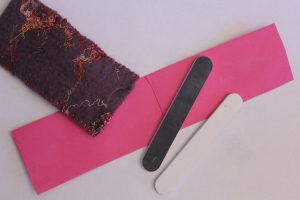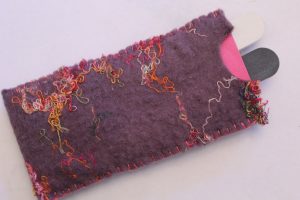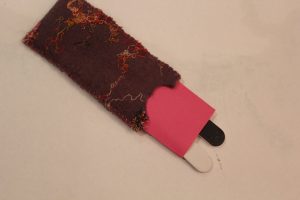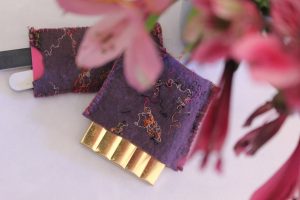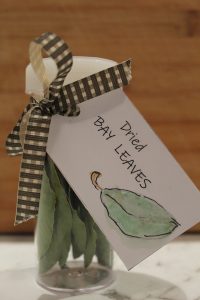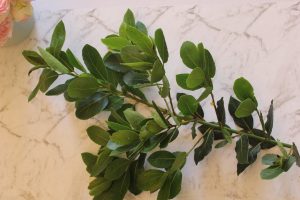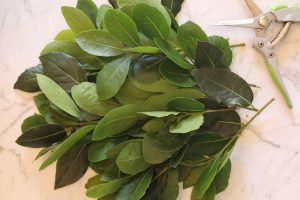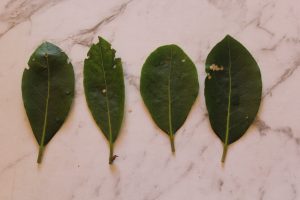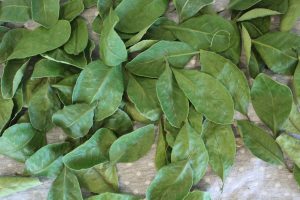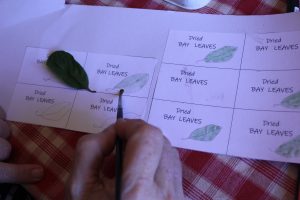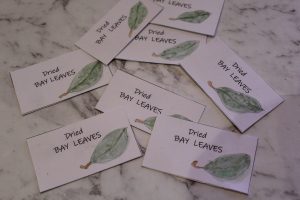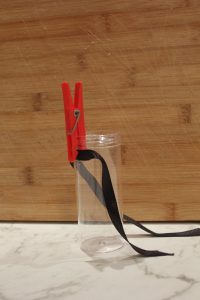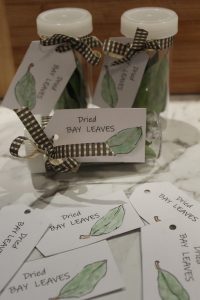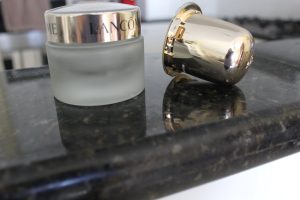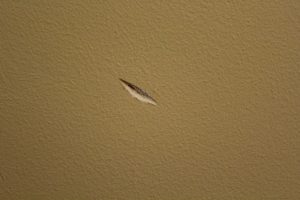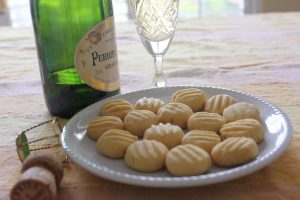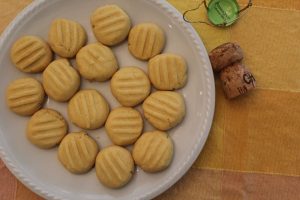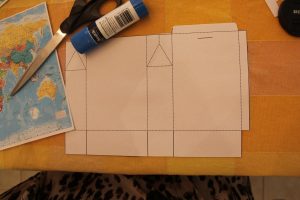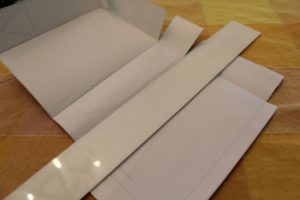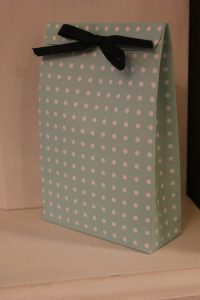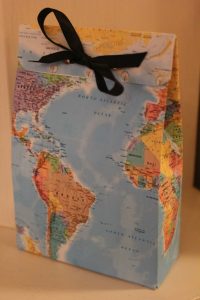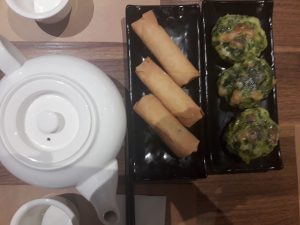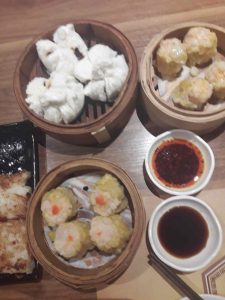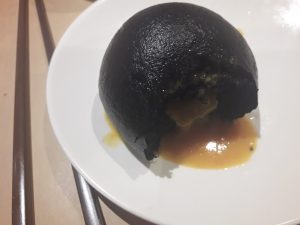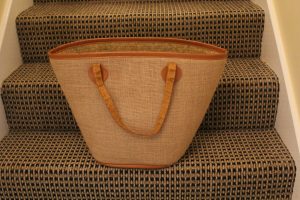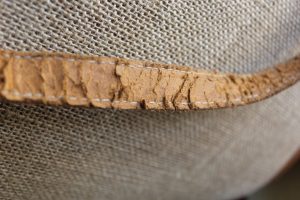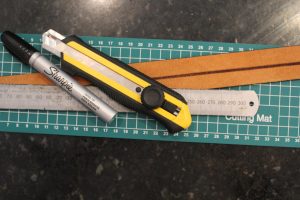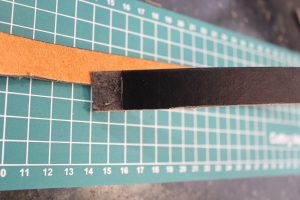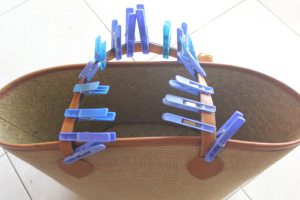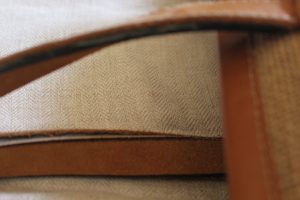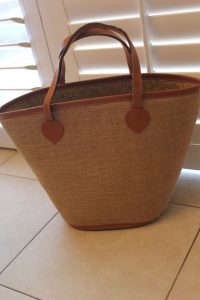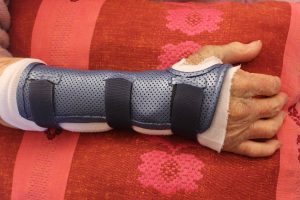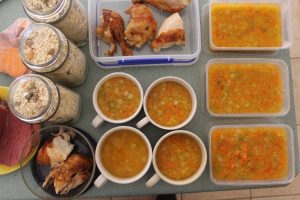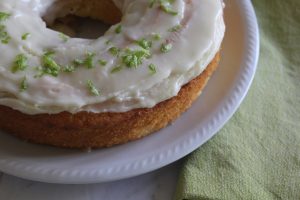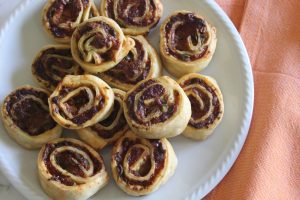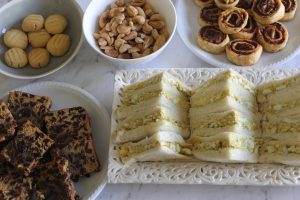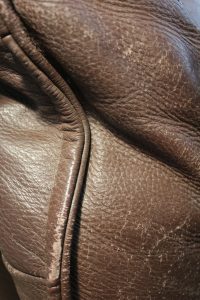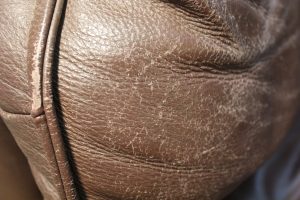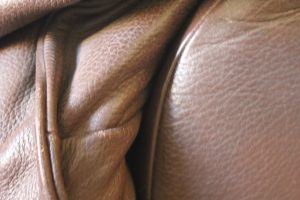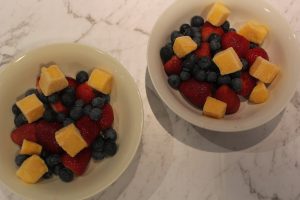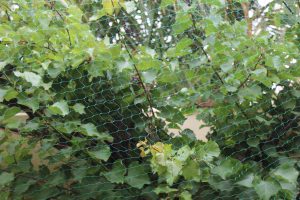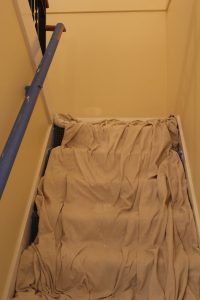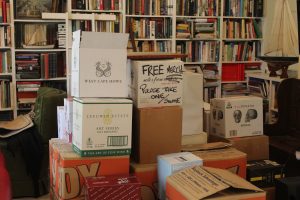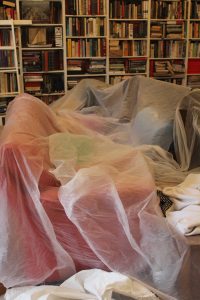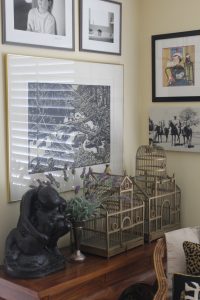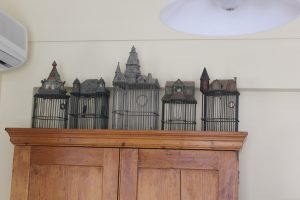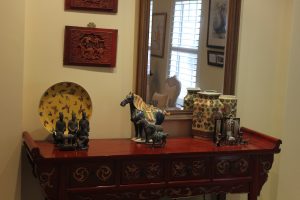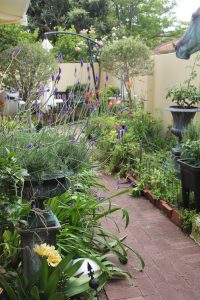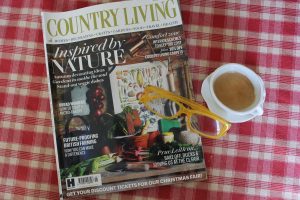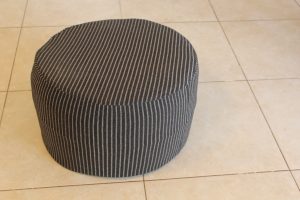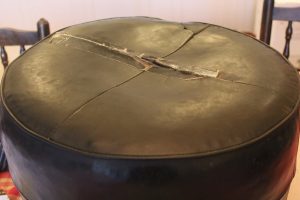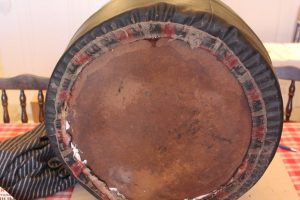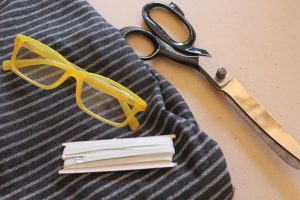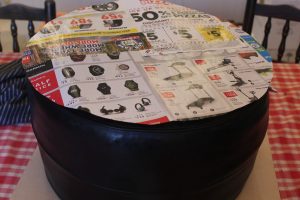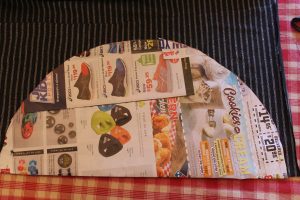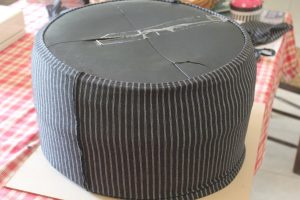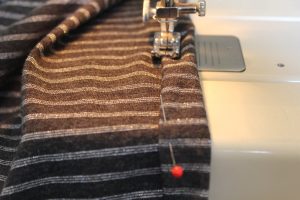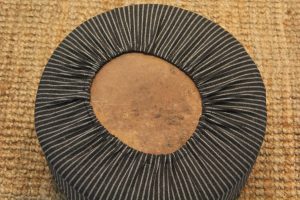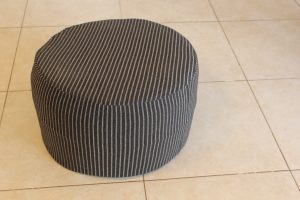DEVILLED EGGS
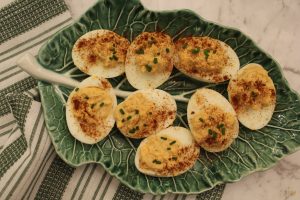


Devilled eggs are an old fashioned finger food, easy to pick up one handed at a party and easy to eat. I was a bit intrigued by the name Devilled Eggs as they’re not hot or particularly spicy. The name was found to be in common use in the 18th century, first appearing in 1786. By the 19th century it generally referred to some spicy or zesty foods, not just eggs.
I caught the end of a Nigella Christmas Special on TV recently and she was preparing a tray of Devilled Eggs. They looked delicious and seemed to disappear quickly when she set them at her Christmas Dinner. They are also suitable for vegetarians and gluten free guests.
We needed to “take a plate” to several parties this week, so I decided to make Deviled Eggs. “Take a Plate” in Australia doesn’t literally mean arrive with an empty plate as if the host/hostess is short of crockery, it means take a plate of food to share.
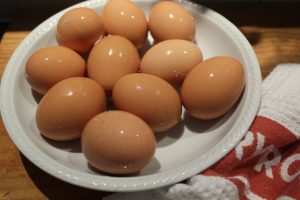

Following Nigella’s recipe, I left the eggs in a dish on their sides overnight. This was supposed to ensure the yolks would remain in the centre of the egg. Total fail for me, with some yolks visible at the edges and ends of the eggs after they were boiled.
I am a huge Nigella fan but her next step wasn’t so fabulous, either. By boiling them for one minute, then turning off the heat and leaving them in the hot water for 12 minutes, then putting them in a bowl of icy water for 15 minutes, the eggs should have been easy to peel perfectly. No! I had torn whites and misplaced yolks; something which has never happened before.
Then the final problem occurred when, having followed her recipe, I tasted the egg mixture and it was not to my taste, at all.
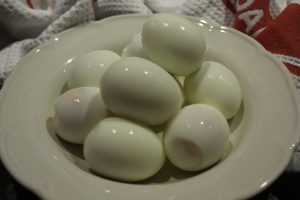

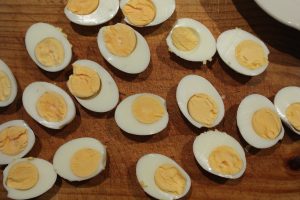

So, unfortunately, I had to start again, making them the way I used to make years ago. I have no idea where the recipe originated from but it is quick, easy and relies on pantry staples. The recipe required the yolks from eight boiled eggs, 3 tablespoons of whole egg mayonnaise, two teaspoons of Dijon mustard and a dash of Apple Cider Vinegar. Tasted great after a good mix with a fork and a grind of black pepper.
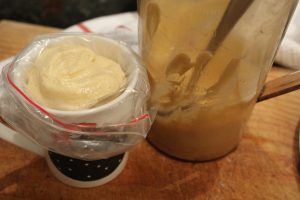

The yolk mixture is traditionally piped into the egg white. I threw out my piping bag ages ago due to it being stained. I forgot to replace it. So, I put the large star piping point in a ziplock bag after I snipped off a corner. Then I pulled this over a mug and scraped the yolk mixture into the bag. After I’d piped one egg, the bag split, delivering a big blob onto the plate of whites. Spooned the mixture into the rest of the egg whites. Time was running out!



Scattered the completed Devilled Eggs with chopped chives and then paprika. They tasted very good and were eaten quickly.
RUM BALLS
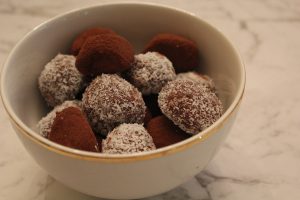

This is another nostalgic recipe for Christmas time treats. I make these delicious rum balls from memory, too, and they are quick and easy.
Simply process a packet of milk arrowroot biscuits (250gm), a tin of condensed milk (395gm), a cup of desiccated coconut and 2 tablespoons of dark rum. When the ingredients are well mixed, fill a bowl with more coconut and a bowl with cocoa, then scoop out walnut sized amounts of mixture. Roll into balls in your hands then roll the balls in the coconut or cocoa until they’re well coated. Put them on a parchment lined tray. Place the tray in the fridge for an hour and they’re ready to share. So easy, so delicious!
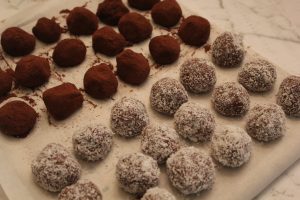

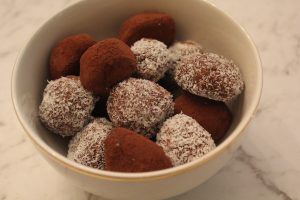

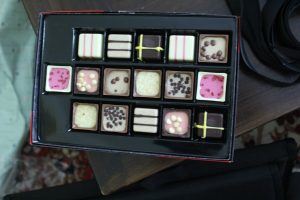

Other essential Christmas nutrition.
Eat. Share. Enjoy.
SLOWING DOWN
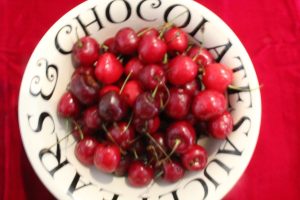

The time after Boxing Day, the 26th of December and the New Year (new decade!) is often a time to slow down and contemplate. There are probably fewer social commitments and there’s time to enjoy Christmas books, games or other gifts and less pressure around meal preparation. There’s probably left over ham, turkey, Christmas puddings and Christmas cake and in Australia where it is the middle of summer, masses of fresh, colourful fruit. No cooking, just peel if necessary, slice and serve. This is a precious time to re-charge. Some people consider New Year resolutions, some people plan post Christmas shopping sprees and some people just slow down and enjoy the peace and quiet.
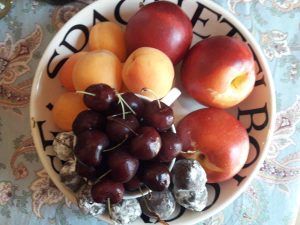

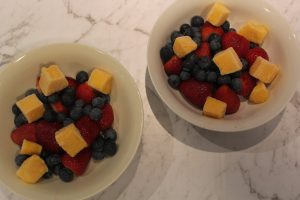
Whatever your plans leading up to the New Year I hope you are happy and well and beginning to feel re-charged. HAPPY NEW YEAR!
And happy Fruitcake Day! This seems a bit odd to me as I associate fruitcake with Christmas, not two days after Christmas.
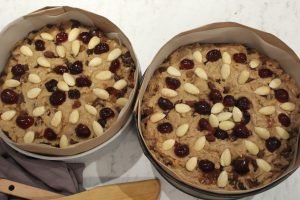


Popular in the past for their longevity, these alcohol laden treats could be stored for months or longer without refrigeration. We soak the fruit for our Christmas fruitcakes in brandy for about two months before making then a week or two before Christmas. So, enjoy fruitcake today, if you have any left!

